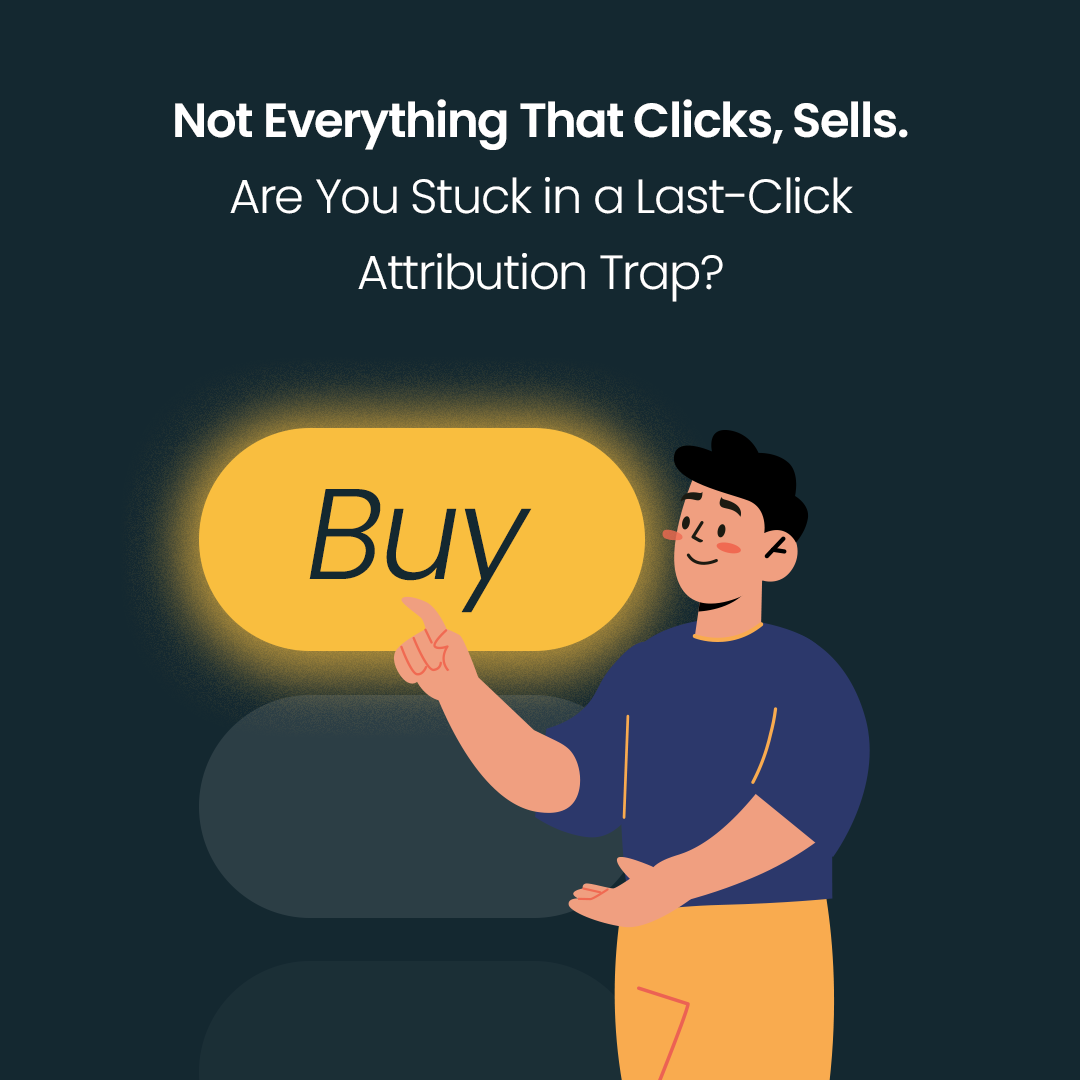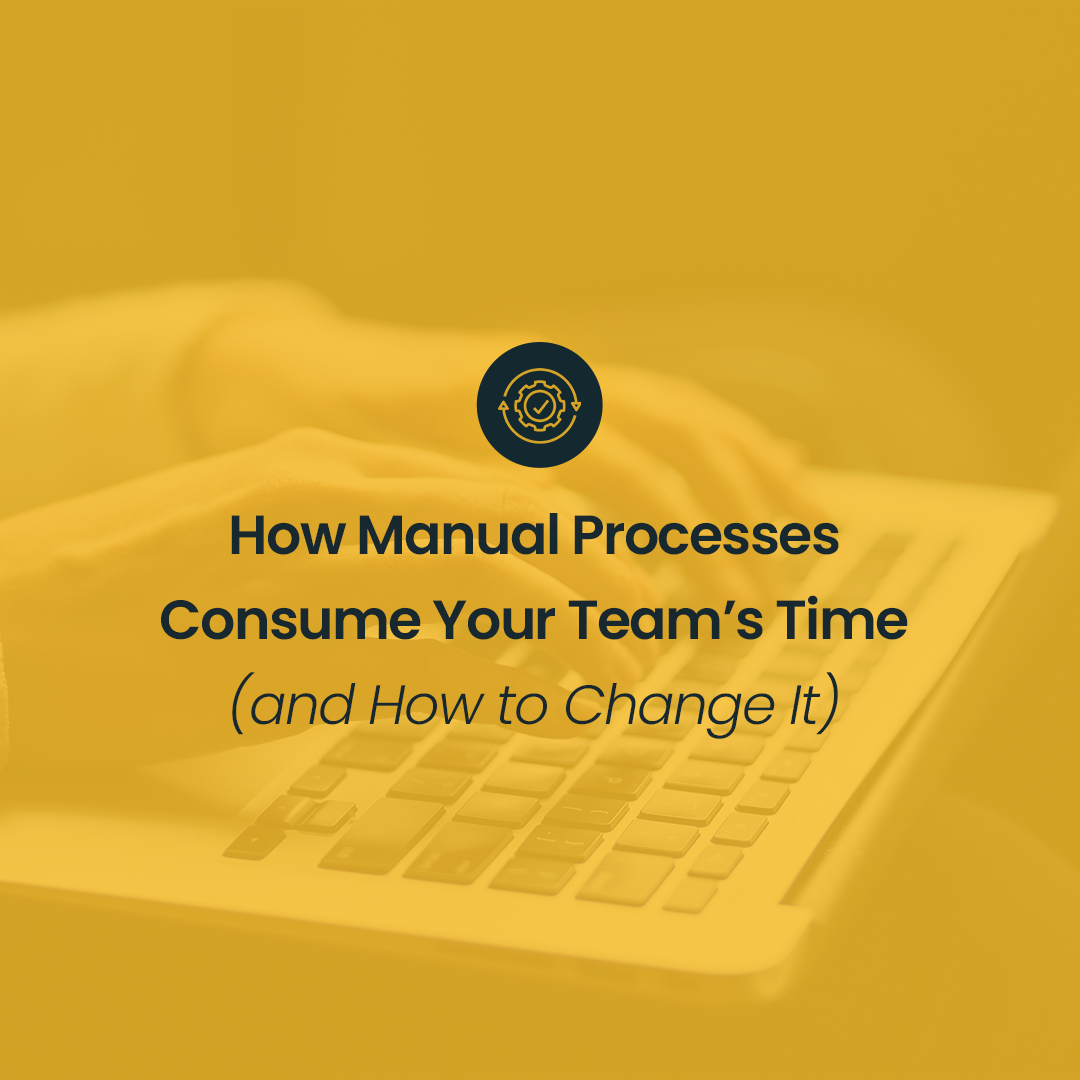Introduction
In today’s competitive e-commerce landscape, optimized product feeds are crucial for successful advertising campaigns. They not only help promote products but also improve ad performance and reach. This article explores the process of optimizing product feeds using tools like FeedGen and the Vertex AI platform, which enable the use of artificial intelligence for essential e-commerce business purposes.
Why Optimize the Product Feed?
A product feed is a structured dataset containing key product details, such as name, price, description, and product link. It serves as a fundamental component of e-commerce advertising campaigns, with product details being displayed to potential customers through various advertising channels.
Optimized product feeds are crucial for running successful advertising campaigns.
The key reasons include:
Greater chances of product visibility, leading to increased campaign reach,
Enabling customers to compare prices and find the best offer more easily,
Enhancing campaign efficiency and increasing return on ad spend (ROAS),
Not only boosting sales but also strengthening brand awareness through high-quality product images and detailed descriptions,
Gaining a competitive edge in the market.
A well-optimized product feed should include:
Accurate and up-to-date product information,
All necessary product data required by the sales platform,
High-quality content, including detailed descriptions and precise titles,
Relevant keywords.
An optimized product feed significantly increases the likelihood of achieving outstanding advertising campaign results.
Understanding Vertex AI?
Vertex AI is a service offered by Google Cloud that provides a comprehensive suite of tools and environments for designing, testing, and deploying machine learning (ML) models. It facilitates easy development, testing, and implementation of ML models, including generative AI models capable of producing text, images, sound, and other content.
Vertex AI integrates features such as AutoML and tools for custom model development. Users gain access to advanced analytics, large-scale data processing, and automation of various processes. The platform also offers visualization and interpretability tools, making it easier to understand and improve models. Google has designed Vertex AI to be intuitive for beginners while remaining powerful and scalable for advanced users.
Introducing FeedGen?
As we know, optimizing product feeds is a necessary step in achieving successful e-commerce advertising campaigns. The primary goal of product feed optimization is to improve relevance to search queries, expand reach, and enhance efficiency, as measured by metrics such as click-through rate (CTR) and conversion rate (CR). Manually resolving quality issues, analyzing rejected products, and refining product titles or descriptions can be time-consuming. This is where FeedGen comes in.
FeedGen is an open-source tool that uses Google Cloud's language models (LLMs) to refine product titles, generate detailed descriptions, and enhance product attributes.. Designed for e-commerce store owners and marketers, FeedGen simplifies error detection and correction in product feeds using artificial intelligence in a highly customizable manner.
The tool utilizes the Vertex AI Google Cloud Platform (GCP) API, enabling the use of "zero-shot" and "few-shot" inference methods when generating new product titles or descriptions.
What is Zero-Shot and Few-Shot Learning?
Zero-shot learning: The tool can generate responses or make decisions based on new data it has never encountered before, without prior training on such data. In this case, no sample product titles or descriptions are provided—FeedGen generates them based on general principles and knowledge available within its language model.
Few-shot learning (recommended): FeedGen is provided with a small set of examples (typically 3–10), helping it generate more accurate and contextually relevant outputs.
Practical Example
Consider a product feed with unoptimized titles—lacking brand names and key attributes.
Poorly constructed product titles:
Black running shoes – lacks brand name, material, and specific details.
Winter jacket XL – missing brand, color, and material.
Levi’s jeans pants – lacks details such as style, size, and color.
Well-optimized product titles (using FeedGen):
Nike Men's Air Max Running Shoes - Black, Size 42, Leather – includes brand, gender, product type, and attributes (color, size, material).
Calvin Klein Men's Winter Jacket - Red, Size XL, Wool – includes all key elements: brand, product type, color, size, and material.
Levi’s Men’s Slim Fit Jeans - Blue, Size 32x34, Denim – clearly states the brand, product type, style, color, and size.
Ad visibility depends on how well product information matches user searches. The goal is to present the most relevant product to potential buyers. Well-structured product titles significantly increase the chances of matching ads to user searches.
FeedGen automates the process of generating precise product titles and descriptions using AI. Based on available attributes in the product feed, the tool can enhance existing titles or create new product descriptions and custom attributes, which can then be used in advertising campaigns.
Conclusion
Optimizing product feeds using tools like FeedGen and Vertex AI is a key step in developing effective advertising strategies in the e-commerce industry. By leveraging advanced language models and process automation, businesses can generate better-optimized product titles and descriptions, ultimately improving campaign performance and enhancing brand competitiveness.
At SalesTube, we understand the fast-changing digital marketplace and evolving customer expectations. We understand that an innovative approach to product feed optimization is becoming a crucial factor in e-commerce success. Therefore, we invite you to collaborate with us and stay ahead in this competitive landscape.






